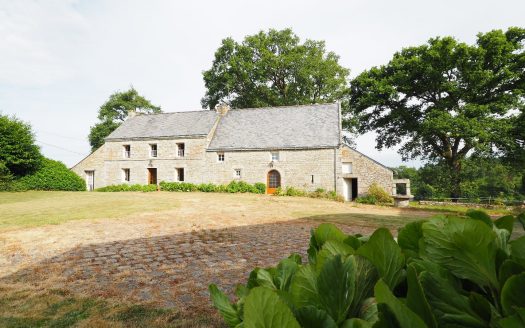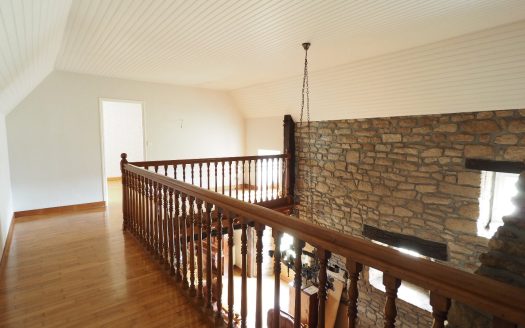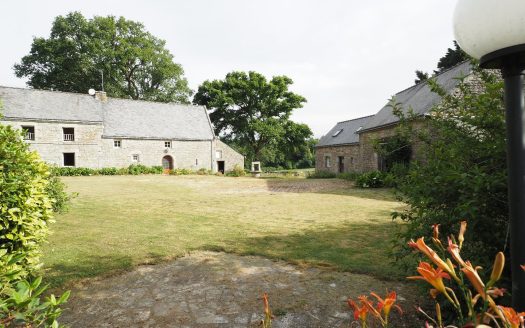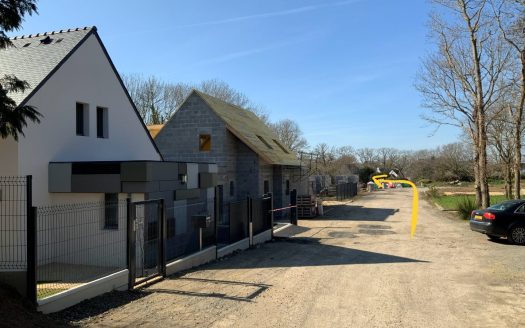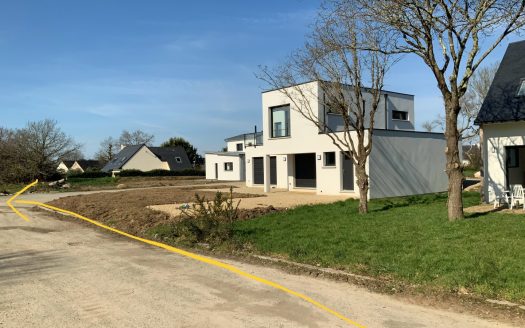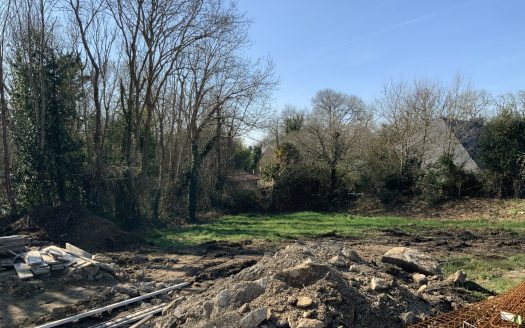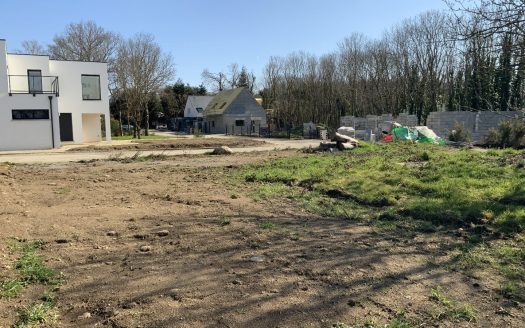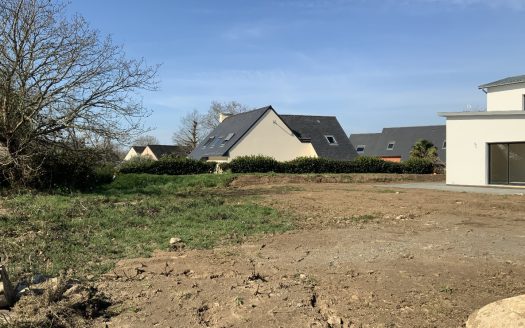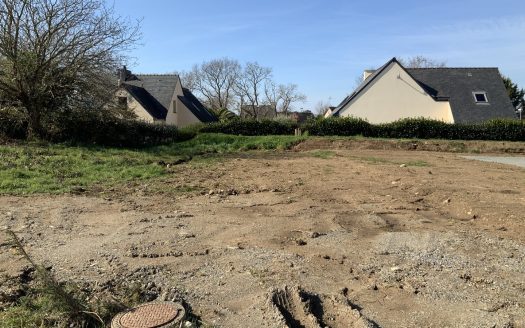Discover Property Opportunities in Brittany, France
Located in the northwest of France, Brittany (Bretagne) is a region renowned for its rugged coastline, charming villages, and rich Celtic heritage. With its breathtaking natural beauty and welcoming atmosphere, Brittany offers a unique blend of tradition and modernity. Whether you’re drawn to its historic towns, seaside retreats, or lush countryside, this enchanting region has something for everyone.
The Brittany region consists of 4 departements:the Côtes-d’Armor (22), the Finistère (29), the Ille-et-Vilaine (35) and the Morbihan (56).
From vibrant cities like Rennes and Brest to picturesque coastal towns like Saint-Malo and Dinard, Brittany provides an exceptional quality of life. Its diverse real estate market makes it an attractive destination for families, retirees, and investors looking to own property in one of France’s most captivating regions.
Geography and Climate: Coastal Charm and Countryside Bliss
Brittany is defined by its dramatic coastline, dotted with rocky cliffs, sandy beaches, and secluded coves. The Gulf of Morbihan in the south offers stunning islands and waterways, while the Côte de Granit Rose in the north is famed for its pink granite formations. Inland, the region is characterized by rolling hills, forests, and meadows.
The region enjoys an oceanic climate, with mild winters and pleasant summers, making it an ideal location for year-round living or holiday escapes. Brittany’s natural diversity provides a wealth of outdoor activities, from sailing and surfing along the coast to hiking and cycling in its scenic countryside.
Cultural and Historical Highlights: A Heritage to Discover
Brittany’s rich history is woven into its towns, landmarks, and traditions. The walled city of Saint-Malo is a testament to the region’s maritime heritage, while the medieval streets of Dinan transport you back in time. Rennes, the regional capital, combines a vibrant cultural scene with historical landmarks such as its half-timbered houses and impressive parliament building.
Celtic roots run deep in Brittany, celebrated through traditional festivals, music, and language. The famous Festival Interceltique in Lorient attracts visitors from around the world. Brittany is also home to the enigmatic Carnac Stones, a prehistoric site older than Stonehenge, adding to the region’s mystique.
Lifestyle and Amenities: Coastal Living with Modern Convenience
Life in Brittany offers a perfect balance between relaxation and modern convenience. Coastal towns like Dinard and Quiberon provide serene living with access to stunning beaches, while larger cities like Rennes and Brest offer excellent schools, healthcare facilities, and cultural attractions.
The region’s transport network is efficient, with high-speed trains connecting Rennes to Paris in under two hours. Brittany’s well-maintained roads and regional airports in Rennes, Brest, and Lorient ensure easy access to the rest of France and Europe. The region is also known for its gastronomy, from fresh seafood and crêpes to cider and Breton butter cookies, making everyday living a delight.
Real Estate Opportunities: From Seaside Villas to Charming Cottages
Brittany’s real estate market is diverse and offers excellent value for money. Buyers can choose from coastal villas with panoramic sea views, charming stone cottages in rural settings, and modern apartments in vibrant cities like Rennes and Brest. Properties along the Côte d’Émeraude and the Gulf of Morbihan are particularly sought after for their stunning locations and investment potential.
For those seeking tranquility, inland villages and small towns offer affordable options and a peaceful lifestyle. Investors will find a strong demand for holiday rentals, especially in popular tourist areas like Saint-Malo and Dinard. Whether you’re looking for a family home, a vacation retreat, or a rental property, Brittany’s property market caters to a variety of needs and budgets.
Find Your Dream Property in Brittany
Are you ready to explore the property market in Brittany? Sextant Properties offers an exclusive portfolio of homes for sale in this captivating region. From coastal retreats to countryside hideaways, our expert team is here to help you find the perfect property to match your lifestyle and goals.
Contact us today to learn more about real estate opportunities in Brittany or browse our portfolio online. Let us guide you in making your dream of owning property in this enchanting region a reality.
Discover your dream home in Brittany with Sextant Properties today.


